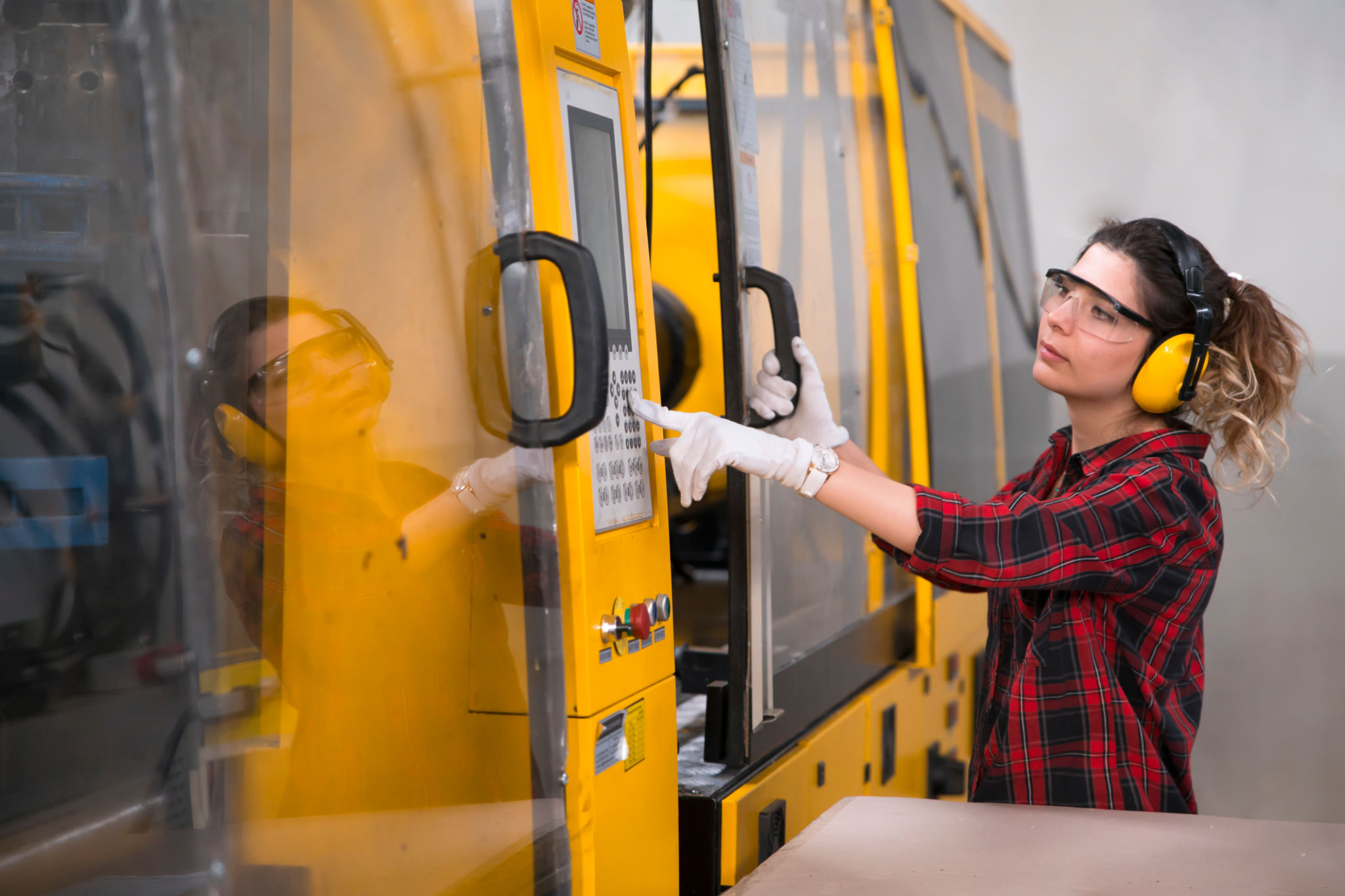How Robotics is Shaping the Future of Education and Industry
The Rise of Robotics in Education
As technology continues to advance, robotics is making a significant impact on education. Schools and universities are increasingly incorporating robotics into their curricula to enhance learning and prepare students for future careers. By engaging with robotics, students develop critical thinking, problem-solving skills, and creativity.
Robots are being used to teach subjects like science, technology, engineering, and mathematics (STEM) in a more interactive and practical manner. For example, students can program robots to perform specific tasks, providing a hands-on learning experience that goes beyond traditional textbook methods.

Robotics Transforming Industries
The influence of robotics extends beyond education into various industries, reshaping how businesses operate. In manufacturing, robots perform repetitive tasks with precision and efficiency, leading to increased productivity and reduced human error. This revolution is not limited to manufacturing; sectors like healthcare, agriculture, and logistics also benefit significantly from robotic technology.
In healthcare, robots assist in surgeries, deliver medications, and support patient care. Meanwhile, in agriculture, they help with planting, harvesting, and monitoring crops. These advancements illustrate how robotics is not only enhancing productivity but also creating new opportunities for innovation.

Preparing the Workforce of the Future
With the integration of robotics in education and industry, there is a growing demand for skilled professionals who can design, program, and maintain robotic systems. Educational institutions recognize this need and are offering specialized courses to equip students with the necessary skills.
Moreover, organizations are investing in workforce development programs to upskill their employees. This ensures that the current workforce remains relevant and competitive in a rapidly changing technological landscape. As a result, both individuals and companies stand to benefit from embracing robotic advancements.

The Challenges Ahead
While the benefits of robotics are evident, challenges remain in its widespread adoption. One major concern is the initial cost of implementing robotic systems, which can be prohibitive for smaller businesses or underfunded educational institutions. Additionally, there is the issue of job displacement as robots automate tasks previously performed by humans.
Addressing these challenges requires a balanced approach that includes government support, industry collaboration, and educational initiatives. By fostering an environment of innovation and support, society can maximize the advantages of robotics while minimizing its potential drawbacks.
The Future Outlook
Looking ahead, the role of robotics in shaping the future of education and industry is poised to grow even more prominent. As technology continues to evolve, we can anticipate more advanced robots capable of performing complex tasks across diverse sectors. This progress promises to drive economic growth and improve quality of life globally.
Ultimately, the integration of robotics into education and industry represents a transformative force that holds the potential to revolutionize how we learn, work, and interact with the world around us. By embracing this change today, we lay the foundation for a more innovative and prosperous tomorrow.

